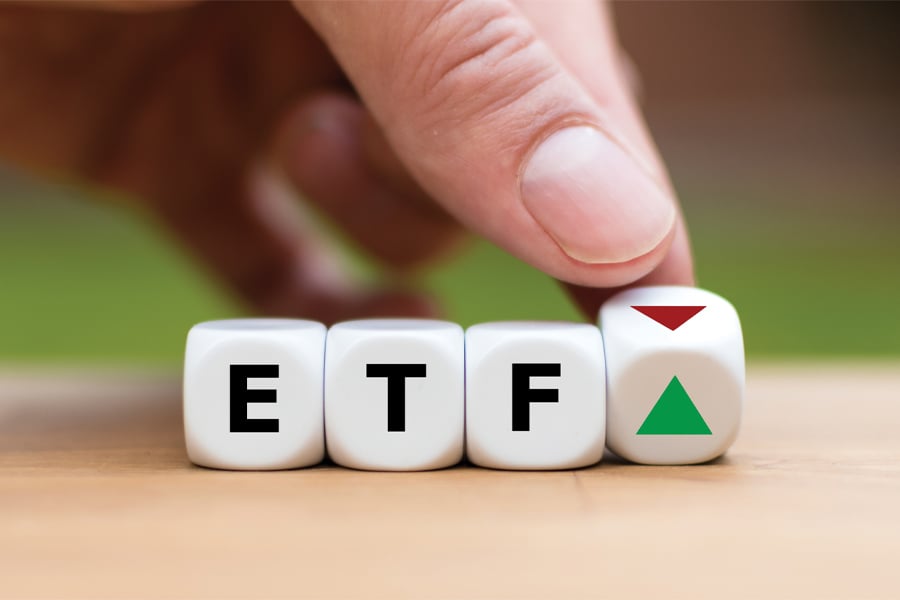

With most bonds offering next to nothing in terms of yield, Innovator Capital Management is hoping its new “bond alternative” ETF will strike a chord with risk-averse income investors.
In the same vein that the ETF provider has become known for, the Innovator Defined Wealth Shield ETF (BALT), which started trading last Thursday, employs a buffered strategy that offers some downside protection in exchange for a cap on the upside.
In the case of BALT, which uses options to replicate the performance of the S&P 500 Index, investors are protected from the first 20% of downside each quarter. In other words, if the S&P drops by 19%, investors in the ETF lose nothing. If the S&P drops by 21%, investors in the fund are down 1%.
The tradeoff for that safety net is a quarterly upside cap of 70 basis points, which translates to an annualized maximum return of 2.8%.
That might seem like a steep price to pay for the downside protection, but John Southard, Innovator co-founder and chief investment officer, counters that the ETF is being pitched as a “bond alternative” and shouldn’t be judged against pure equity market performance.
“As interest rates have come down to all-time lows, duration risk at all-time highs, so what we’re trying to provide with this is a bond alternative,” he said. “Still providing bond-like returns, but through exposure to equity markets.”
In other words, instead of comparing a potential annual return of less than 3% to the S&P 500, which is already up nearly 16% this year, Southard said investors and advisers should be looking for ways to avoid bond market risk.
In June, for example, the Barclays Aggregate bond index carried 56% more duration than it did in September 1981 while offering 91% less yield. Also, the current average yield to maturity of money market funds is 8 basis points.
“Everyone knows the risk is out there so everyone has shortened their bond portfolio duration,” Southard said. “With the Fed holding rates artificially low, investors are being forced to stay in the stock market. This fund is a way to reduce stock market risk but still stay invested.”
While it might all look good on paper, not all financial advisers are ready to dive into such a brand-new product.
“The upside is too low, and the track record is too short,” said Tim Holsworth, president of AHP Financial Services.
“It’s a good concept, but annuity companies dominate in this space,” he said.
Dennis Nolte, vice president at Seacoast Investment Services, also isn’t keen on allocating client assets to an untested strategy.
“I’d be staying away from that as it’s brand-new, is difficult to explain to clients, and as I’m reading in the disclosures, there’s no guarantee that the buffer will be within this range or the fund will provide the buffer,” Nolte said. “That’s a lot of flexibility.”
While the BALT ETF’s downside protection is designed to stay at 20%, the upside cap can fluctuate based on options pricing and the volatility of the underlying index.

Relationships are key to our business but advisors are often slow to engage in specific activities designed to foster them.

Whichever path you go down, act now while you're still in control.

Pro-bitcoin professionals, however, say the cryptocurrency has ushered in change.

“LPL has evolved significantly over the last decade and still wants to scale up,” says one industry executive.

Survey findings from the Nationwide Retirement Institute offers pearls of planning wisdom from 60- to 65-year-olds, as well as insights into concerns.
Streamline your outreach with Aidentified's AI-driven solutions
This season’s market volatility: Positioning for rate relief, income growth and the AI rebound
